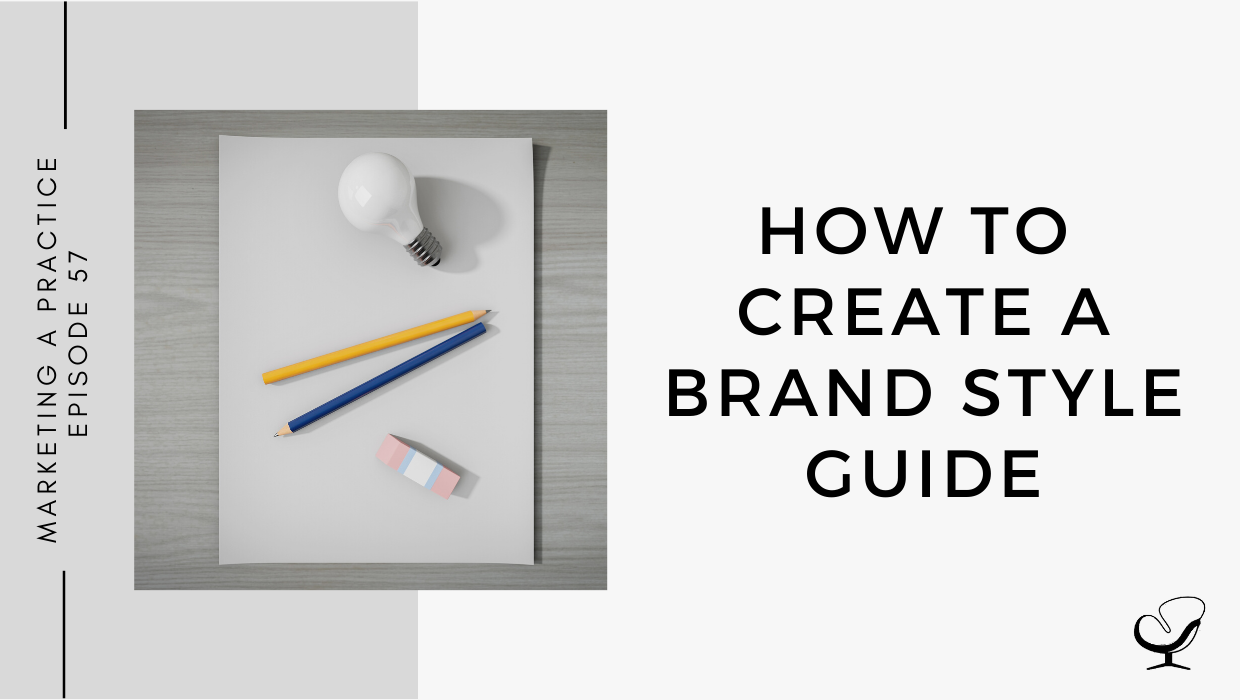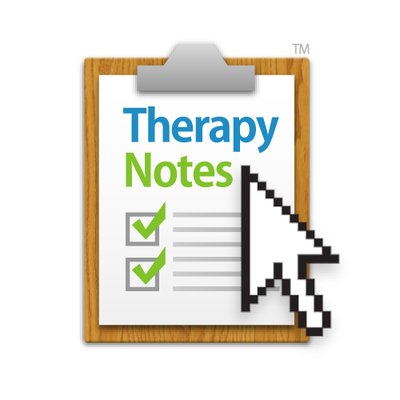Podcast (marketing-podcast): Play in new window | Download | Embed
Do you know what a brand style guide is? Why is it important to create one for your business? What are some of the most important elements to be aware of and make sure to ace in your guide?
In this podcast episode, Sam Carvalho speaks about how and why you should create a brand style guide.
Podcast Sponsor
TherapyNotes! It makes notes, billing, scheduling, and telehealth a whole lot easier. Check it out and you will quickly see why it’s the highest-rated EHR on TrustPilot with over 1000 verified customer reviews and an average customer rating of 4.9/5 stars.
You’ll notice the difference from the first day you sign up for a trial. They offer live phone support 7 days a week.
So when you have questions, you can quickly reach someone who can help, you are never wasting your time looking for answers.
If you are coming from another EHR, they make the transition really easy. TherapyNotes will import your clients’ demographic data free of charge during your trial so you can get going right away.
To get 3 free months of TherapyNotes, no strings attached including their very reliable telehealth platform click on www.therapynotes.com and enter the promo code: Joe
In This Podcast
Summary
- What is a brand style guide?
- Start with a mood board
- Mission and vision statement
- Imagine your ideal client
- Brand personality
- Logo variations
- Brand elements and uses
What is a brand style guide?
A brand style guide is a document containing theoretical and practical elements of your brand. It’s things like your vision and mission … it is also what your color scheme is, what your fonts are. It forms a good foundation upon which to build your brand and helps to maintain consistency. (Sam Carvalho)
The most important part of the brand style guide is the consistency factor that it brings to the marketing and design of your brand.
It helps to create a sustainable and consistent image and brand that your business follows throughout its journey in the world and builds trust with your clients.
Start with a mood board
Starting with a mood board gives you the space for creative exploration to gather all the elements that your business will potentially draw from.
- Color scheme
- Images (people scenery/textures)
- Saying/mission statement
A mood board portrays the overall look and feel of the brand on one page. You can find templates for your potential mood board and brand style guide.
Designer tip: This is the following template that Sam uses herself:
- Cover: Usually just includes your logo, possibly with an image in the back if the brand already has associated images it has used on the website, etc.
- Contents: features contents of the brand style guide.
- Mission/vision: this page features the mission and vision alongside a part of the logo, i.e. a specific icon or illustration that ties the message behind your vision with the visual aspect of your brand.
Mission and vision statement
It is important to know the subtle difference between your mission statement and your vision statement. In essence, your mission statement is the present, where your business is now, and your vision statement is the future, what goals your business is aiming to achieve in the years to come.
Mission:
As defined by entrepreneur.com: “a sentence describing a company’s function, markets, and competitive advantages; a short written statement of your business goals and philosophies.
A mission statement defines what an organization is, why it exists, its reason for being.
At a minimum, your mission statement should define who your primary customers are, identify the products and services you produce, and describe the geographical location in which you operate. The audience for your mission statement is more focused on your customers/clients.”
Vision:
Not to be confused with your mission statement, which is focused on the present, your vision statement is what you would like to see your business accomplish in the future. Imagine your practice 5-10 years from now:
- What kind of reputation would it have?
- What impact will it have made on the community?
- What goals will the business have accomplished?
Write your vision statement as if those things have already happened. The audience for your vision statement is more focused on your employees/staff.
Imagine your ideal client
Go into as much detail as possible and sketch out what this person would look like in their hobbies, skills, business, and personality in as great depth as you can.
For example, look into their:
- Age
- Gender
- Location
- Interests
- Hobbies
- Relationships
- Pain points
Mapping this out will help your future designers know who they are curating this brand for and who you are marketing to.
Therefore, whichever materials are created for your business needs to match with and be able to catch the attention of this ideal client.
Brand personality
If you could describe your business as a person, how would you describe them? Would they be young, trendy, and friendly or more stately, serious, and professional?
Think about how you want a person to feel when they interact with your brand: something that they can relate to, or something that can educate them or provide a service to them.
Usually, I place the brand personality and core values on one page. Just like we have core values that we live by, your brand should have these too then in future when it comes a time to make big decisions, you base these on your values. (Sam Carvalho)
Designer tip: Have 5 to 10 core, fundamental values.
Logo variations
Here you will include all the various versions of your logo, such as landscape, square, icon, white, black, and so forth. Along with each variation you will state when to use what variation where.
On the following page, you can include a list of the unacceptable ways to portray your logo.
For example:
- Do not recolor the logo: any designer in the future needs to use the same colors as you have stipulated that the logo should be.
- No warping or distorting.
- No special effects or moving elements around or removing elements.
Brand elements and uses
- Fonts: Include name and description of all the brand fonts including when and where they should be used such as in headings and body text, whether they should be capitalized or not, and so forth. Showcase the font using sample text.
- Colors: Include your color scheme here along with the HEX code, RGB values, and CMYK values of each color.
- Patterns and images: if the brand has any specific associated patterns or images, these can be included here.
Save your brand style guide, mood board, logo assets, imagery, fonts, etc. as a PDF into a Brand Assets Dropbox or Google Drive folder for the entire team to access.
Useful Links:
- Whitney Owens on How to Market a Cash-Pay, Faith-Based Practice | MP 56
- Email Sam at [email protected]
- Design Services With Sam
- Apply to work with us
Meet Sam Carvalho
 Sam Carvalho is a graphic designer living in Cape Town, South Africa, with over five years of experience in both design and marketing, with a special interest and experience in the start-up environment.
Sam Carvalho is a graphic designer living in Cape Town, South Africa, with over five years of experience in both design and marketing, with a special interest and experience in the start-up environment.
She has been working with Practice of the Practice since 2016 and has helped over 70 therapist entrepreneurs take their practices to the next level by enhancing their visual branding. She loves working with a variety of clients on design-intensive tasks and is always up for a challenge!
Follow Sam on Instagram to see some of her work. To work with Sam, head on over to www.practiceofthepractice.com/branding.
Thanks For Listening!
Feel free to leave a comment below or share this podcast on social media by clicking on one of the social media links below! Alternatively, leave a review on iTunes and subscribe!


